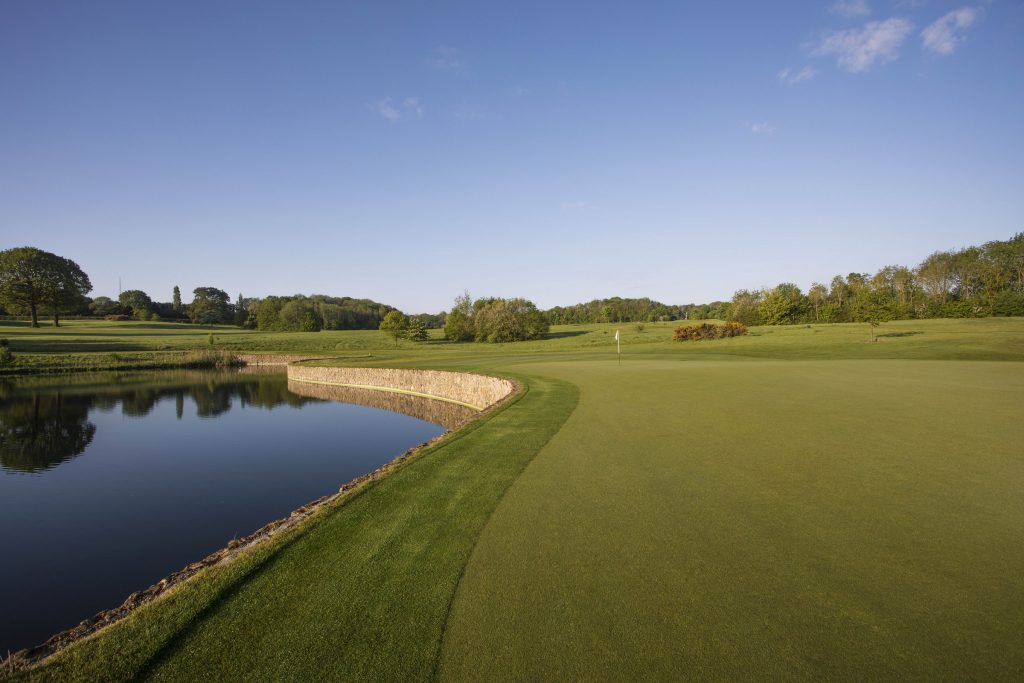This is how London Golf Club achieves consistent surface growth
Related Articles
No matter how many years of experience a greenkeeper builds up, one of the biggest challenges that remains is how to achieve consistency throughout the year. This is never more relevant than in light of recent extremes in weather, causing huge peaks and troughs in growth. When it comes to nutrition, Lee Sayers, The London Golf Clubs’ Golf Courses & Estate Manager, looks to Headland Amenity for advice on applying short-term foliars.
Now on his third stint at the London, but first in charge of the two internationally-renowned 18-hole courses, Lee has worked with Headland Amenity products for a number of years. “With Headland we cover both ends of the spectrum when it comes to plant nutrition – applying long-term, slow-release, low nitrogen-based products as a base feed topped up with sprays and feeds that go on the greens every seven to 14 days. Short-term feeds give you what you need, when you need it and puts you in control of your plant growth.

London Golf Club/James Lovett Photography
“To get our feeding programme right, it’s all about monitoring three major factors. Firstly, just looking at the plant – you can tell by the colour how healthy it is and what is required to sustain that. Secondly, monitoring the clippings. People may assume this is a luxury we can afford to do with the size of team we have, but in-fact it takes the guys just a minute per green to measure in litres how many clippings are taken off each green. Finally, we have to keep a close eye on the weather – sometimes the biggest variable. Using this information, together with a little guess work to predict what may occur over the next 10 days, we will adjust our feeding programme accordingly.”
With continuous monitoring, a feeding programme can be altered to ensure a balance between plant growth and health. Feeding too much will see a healthy plant, but one that grows too much slowing down the speed of the greens. Feed too infrequently, you can cut the greens less but can leave the plant vulnerable to disease.
Final word from Lee: “In a perfect world, you’d be running through the season with consistent growth but I’ve been in this game for a long time and it’s still very hard to achieve! The London is always on a knife edge, but by putting our heads together and using advice available from companies like Headland, as well as making sure we’re out monitoring the plants every day, we can take a step towards achieving that goal.” With continuous monitoring, a feeding programme can be altered to ensure a balance between plant growth and health. Feeding too much will see a healthy plant, but one that grows too much slowing down the speed of the greens. Feed too infrequently, you can cut the greens less but can leave the plant vulnerable to disease.

Lee Sayers
Final word from Lee, “In a perfect world, you’d be running through the season with consistent growth but I’ve been in this game for a long time and it’s still very hard to achieve! The London is always on a knife edge, but by putting our heads together and using advice available from companies like Headland, as well as making sure we’re out monitoring the plants every day, we can take a step towards achieving that goal.”

























